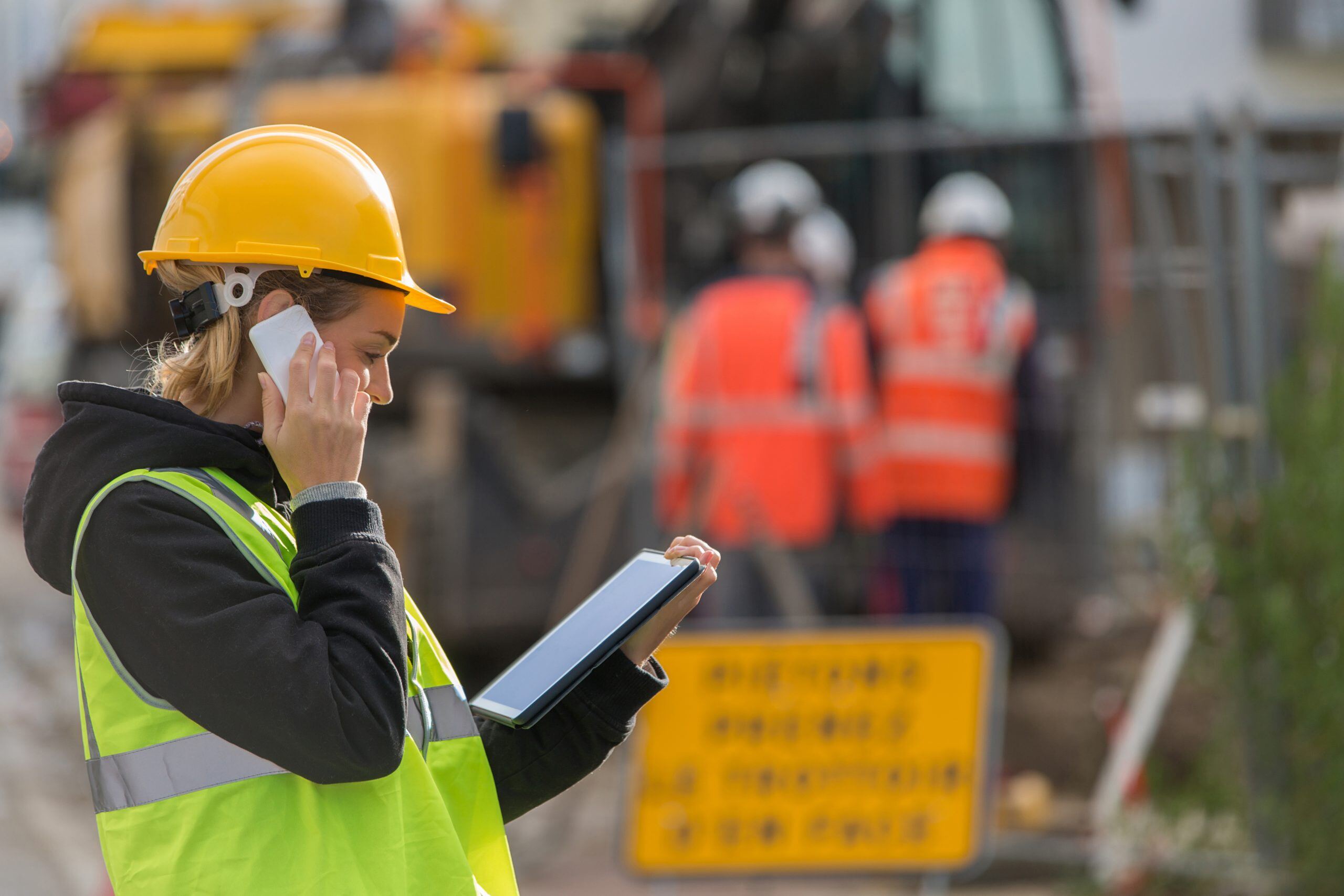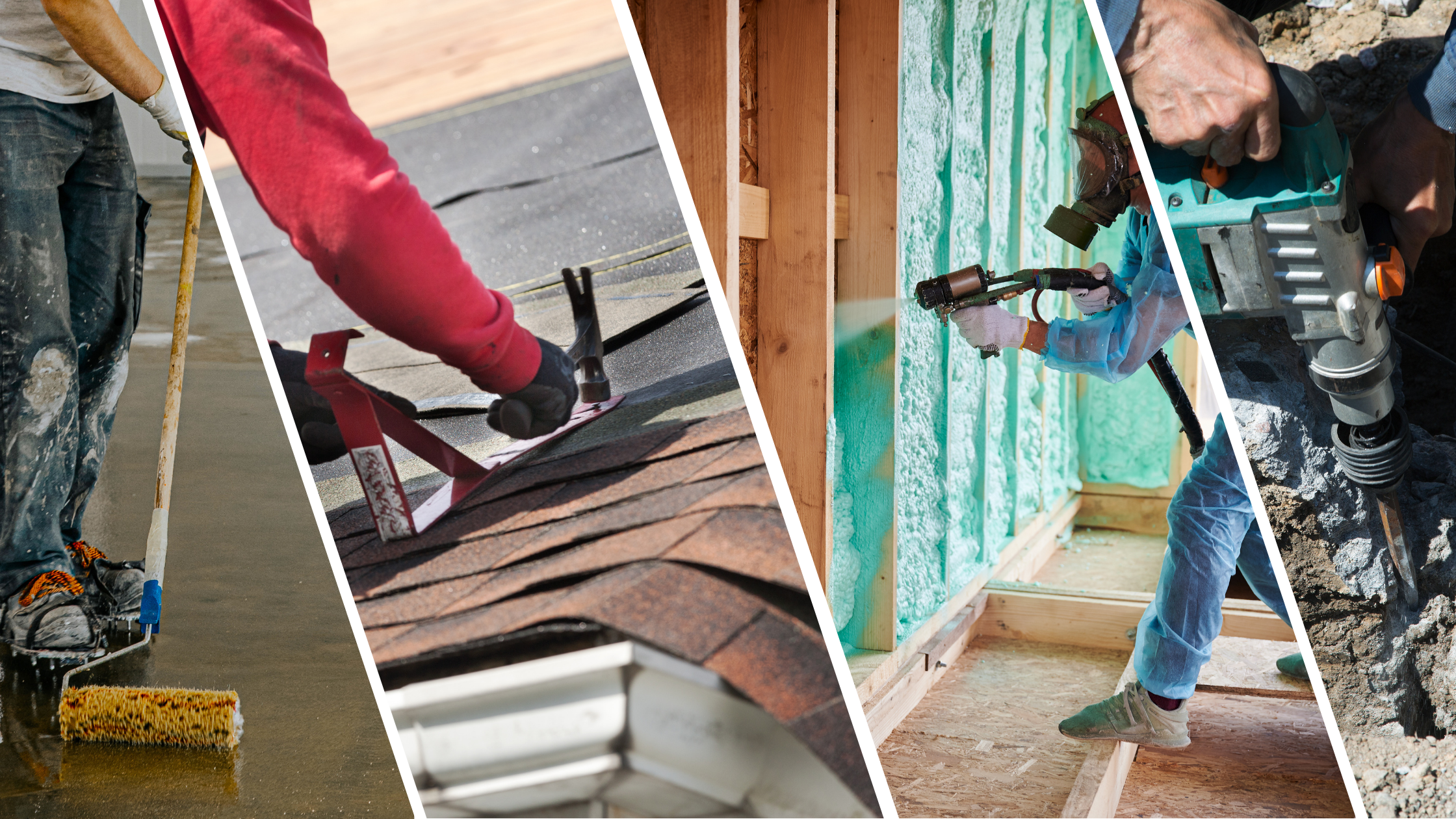I've polled companies dozens of times to understand company issues. One issue always comes up. Communication.
If you do communication well, you're rarely applauded for it - because it's just expected. But when you do it poorly, it has devastating effects on morale and retention.
Blue-collar companies, especially those in construction, aren't particularly known for being "strong communicators." To redefine this industry, contractors must see themselves as a communication company first ahead of the particular work they do. Our customers and our employees expect this as a bare minimum.
Here's a list of actionable ways to improve communication at your blue-collar company:
-
Utilize Visual Communication:
- Implement color-coded safety signs and labels for clear guidance.
- Display diagrams and charts illustrating workflows and procedures.
- Use visual aids to demonstrate equipment operation and maintenance.
-
Conduct Regular Safety Meetings:
- Schedule weekly safety briefings to discuss potential hazards and preventive measures.
- Encourage workers to share near-miss incidents and safety suggestions during meetings.
- Provide updates on safety regulations and protocols to keep the team informed.
-
Encourage Two-Way Communication:
- Establish an open-door policy for workers to voice concerns and provide feedback.
- Conduct anonymous suggestion boxes to gather input on process improvements.
- Hold regular team huddles to address challenges and celebrate successes together.
-
Provide Communication Skills Training:
- Offer workshops on active listening techniques to enhance understanding.
- Conduct conflict resolution training to equip workers with effective problem-solving skills.
- Train supervisors on delivering clear instructions and providing constructive feedback.
-
Leverage Technology for Communication:
- Implement mobile apps or digital platforms for task and employee management like UnisonWorx's U Platform.
- Utilize wearable devices with communication capabilities for remote teams.
- Invest in communication tools like walkie-talkies or headsets for real-time coordination.
-
Establish Clear Communication Protocols:
- Define standardized procedures for reporting accidents, injuries, and equipment malfunctions.
- Create a communication hierarchy outlining roles and responsibilities during emergencies.
- Develop a communication plan for disseminating important announcements and updates.
And finally, the single best way to improve communication is to genuinely ask the people you manage and report to, "In what specific ways can I improve my communication with you?"




